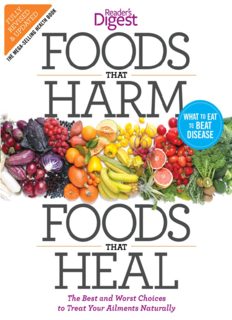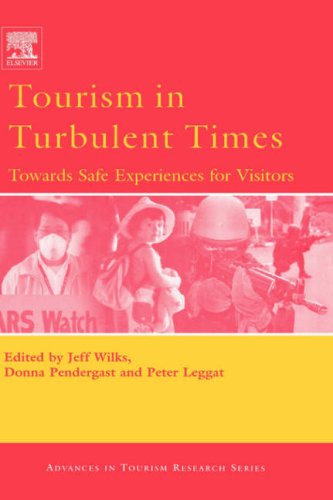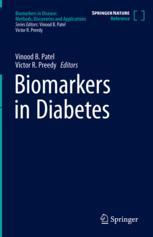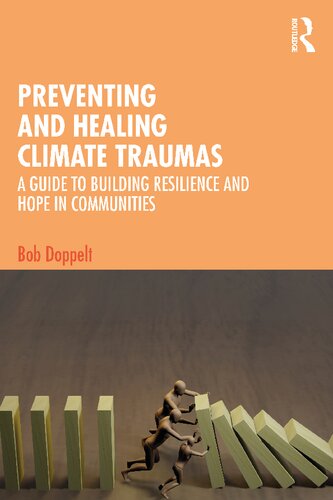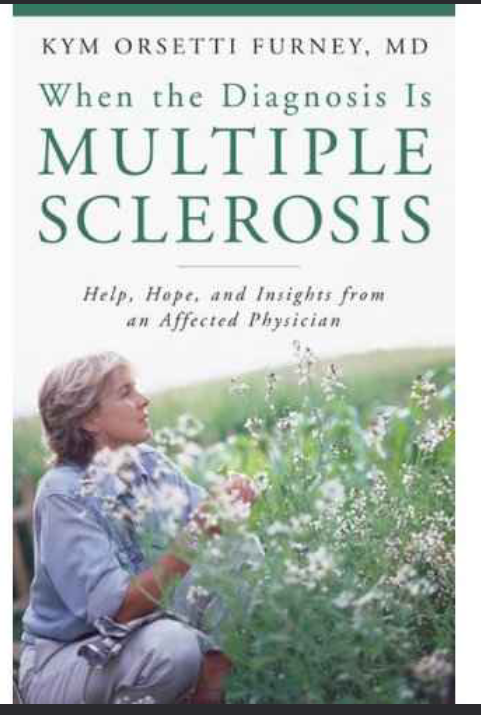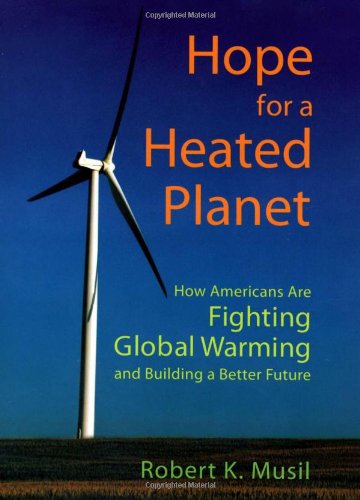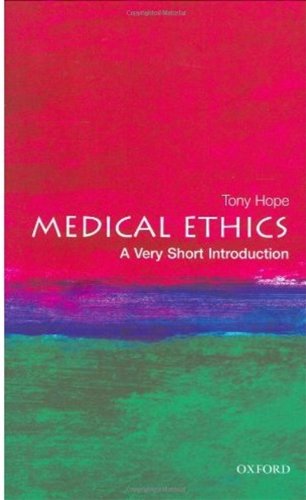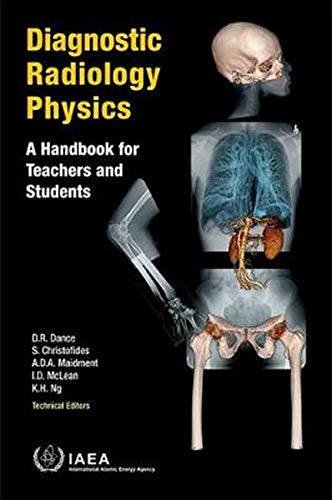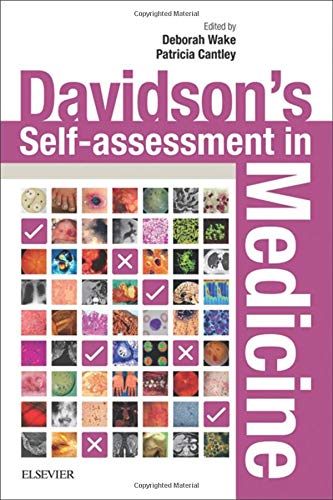موضوعات
آموزش و پرورش
ادبیات و زبان
پزشکی، دندانپزشکی و داروسازی
تاریخ و جغرافیا
داستان و رمان
دیگر
دین و فلسفه
روانشناسی
ریاضیات و آمار
سلامتی، تناسب اندام و رژیم غذایی
شیمی و پلیمر
علوم اجتماعی و حقوق
علوم زیستی و بیوتکنولوژی
فیزیک و نجوم
کامپیوتر و اینترنت
کتابهای کودکان و داستان
کسب و کار و اقتصاد
کشاورزی و دامپزشکی و غذا
معماری
مهندسی و فناوری
هنر و تئاتر
محصولات
Tourism in Turbulent Times: Towards Safe Experiences for Visitors (Advances in Tourism Research) - Original PDF
نویسندگان: خلاصه: Tourism in Turbulent Times presents an international review of the challenges faced by the world's largest industry and governments around the world to provide safe and enjoyable experiences for visitors. The book draws on the background and expertise of contributors from 11 countries, representing scholars, government officers and industry practitioners. It addresses traditional concerns for tourism (such as crime) as well as emerging challenges posed by the global movement of infectious disease and terrorism. These topics are examined by specialists who share a view that tourism can weather turbulent times through adopting appropriate risk management strategies and continuing to provide quality service for customers. This book differs from other texts on the market by including a large group of tourism industry practitioners as contributors. These writers practice the principles they espouse and have critical insight into the real world issues facing the tourism industry. They are also very committed to finding best practice solutions to the challenges facing their industry. The book will therefore be of particular interest to tourism managers and policy makers since it provides relevant information for the important decisions they need to make.Throwing the net wide to include medicine, law, psychology, sociology, education and hard science means that a wide range of perspectives are available to address global business, insurance, security, and policy questions in this emerging area of tourism. Shocks such as the terrorist attacks of 11 September 2001, SARS and the more recent Asian Tsunami have made the tourism industry very conscious of the need to protect its customers. This book highlights the positive responses made by various sectors of the industry at destination, national and international levels. It also examines the growing adventure tourism market, characterised by small operators who need good risk management practices to weather adverse global events, as well as run a financially viable small business. Such a wide set of perspectives will be very valuable to both students and tourism professionals. - Focus on the real world business, including medicine, the international tourism industry and government. - Includes unique industry material that is not usually found in academic texts or journal articles- Written by government and industry experts who have access to interesting and timely facts and figures that would not otherwise appear in the public domainOxford Handbook of Clinical Haematology - Original PDF
نویسندگان: خلاصه: Providing essential information needed in clinical practice for the diagnosis and management of patients with blood disorders, this handbook covers haematological investigations and their interpretation, and commonly used protocols.Preventing and Healing Climate Traumas: A Guide to Building Resilience and Hope in Communities - Original PDF
نویسندگان: خلاصه: Acknowledgments ix About the Author xi Introduction 1 Part I A Public Health Approach is Required to Build Population-Level Capacity for Mental Wellness and Transformational Resilience for the Long Climate Emergency 17 1 Climate Overshoot “101” 19 2 The Causes and Consequences of Individual, Community, and Societal Traumas 36 3 Elements of a Public Health Approach to Enhancing Mental Wellness and Transformational Resilience for the Long Climate Emergency 54 Part II Organizing and Operating Community-Based Initiatives that Build Universal Capacity for Mental Wellness and Transformational Resilience 73 4 Get Organized 77 5 Begin Building Community Capacity for Mental Wellness and Transformational Resilience 100 6 Establish RCC Goals, Objectives, Strategies, and Action Plans 116 Part III The Five Foundational Areas RCCs Must Emphasize to Enhance Universal Mental Wellness and Transformational Resilience for the Climate Emergency 127 7 Build Social Connections across Boundaries in the Community 129 8 Ensure a Just Transition by Creating Healthy, Safe, Just, and Equitable Climate-Resilient Local Physical/ Built, Economic, and Ecological Conditions 147 9 Cultivate Universal Literacy about Mental Wellness and Resilience 170 10 Foster Engagement in Specific Practices that Support Mental Wellness and Resilience 183 CONTENTS x Contents 11 Establish Ongoing Opportunities for Residents to Heal Their Distresses and Traumas 203 12 Continually Track Progress, Learn, Improve, and Plan for the Long Term 215 Conclusion: The Need for a Global Movement to Enhance Universal Capacity for Mental Wellness and Transformational Resilience for the Civilization-Altering Climate Emergency 228 Index 235When the Diagnosis Is Multiple Sclerosis: Help, Hope, and Insights from an Affected Physician - Original PDF
نویسندگان: خلاصه: THE NAME , “MULTIPLE SCLEROSIS ” I have a very hard time with the name of this illness—“multiple sclerosis.” It has such a horrific sound to it. Even after seven years, I rarely say the words multiple sclerosis aloud. I much prefer the more appealing sound of MS. In speaking to others with multiple sclerosis (MS), I have learned that I am not alone with this preference. At the time I was diagnosed, I was somewhat familiar with this illness, hav- ing intermittently cared for multiple sclerosis patients in the hospital. Most of the patients I had seen were diagnosed with MS in the 1970s or 1980s, a time when medication for relapse prevention was not yet available. Others, who were frequently in the hospital, had a variant of MS called “primary progressive multiple sclerosis,” which can lead to significant disability fairly quickly. As a physician, I thought their situations were so very sad, as many patients had developed poor functioning of their arms, legs, bladder, or speech. I rarely had the opportunity to see the MS patients who had very little disability, since they were seen in the outpatient setting. So when I finally had it con- firmed, that yes, these bizarre symptoms I had been having were in fact due to multiple sclerosis, I conjured up the worst possible images of what might happen to me. While many of you may not have had the opportunity to meet patients with more advanced stages of MS, I suspect that your reaction to the diagnosis of MS may have been quite similar to mine. Many people still carry an image of multiple sclerosis as an illness that picks an individual out of the prime of his or her life, and leaves that person wheelchair bound and severely disabled. Fortunately, for the majority of women and men who are newly diagnosed with relapsing–remitting MS in the new millennium, this is not an inevitable outcome. And yet, while we know that medications now exist to prevent relapses, this knowledge does not necessarily make the initial journey any 2 When the Diagnosis Is Multiple Sclerosis easier. We did not sign up for this club. We did not ask to play this game. The anger, the grief, and the uncertainty about the future can be overwhelming. Give yourself time. It will be possible to feel in control again.Hope for a Heated Planet: How Americans Are Fighting Global Warming and Building a Better Future - Original PDF
نویسندگان: خلاصه: am finishing this book in the final days of the George W. Bush adminis- tration. For those of us who love the environment and long for peace, it has been a dark time. Through it, I have often thought of the words of the poet Theodore Roethke that I first heard from scholar and activist Robert Jay Lifton: “In a dark time, the eye begins to see.” The first light of dawn is now visible as the Democratic candidate, Senator Barack Obama, pushed by a growing grassroots movement, embraces action on climate change. To a lesser degree, though far more than President Bush, so does the Republican contender, Senator John McCain. That was far from the case when I began this project at the height of the president’s wartime popularity. This has turned out to be a book as much about hope and democracy as it is about global warming. Its central theme is that you and I can change history. What we believe, what actions we take, actually matter. It is an idea central to democracy. And it should give us hope. I disagree, strongly, with those who believe the American public has turned into a hopeless gaggle of consumers and couch potatoes who are content to let others rule their lives—or destroy the planet. At the height of President Bush’s popularity and influence it may have appeared that way. But national security and environmental degradation (especially global climate change) are complex, difficult, and abstract sub- jects. It has taken some time for us Americans to grasp the gravity of our situation, from melting ice caps to Iraq. This is especially true when our media mostly cover the White House and the Pentagon—regardless of the occupants—and report each utterance as gospel. Meanwhile, most of us are busy with jobs, families, and problems near home that we can actually see and do something about. The result has been that global warming—caused by the vast outpour- x P REFACE ings of carbon dioxide (CO2) and other pollutants from our cars, buildings, and factories—has increased and is picking up speed. But at the same time, so has a growing and revived environmental movement. It is joined now with new allies from the religious community, business, labor, medical and public health professionals, educators, and more. This new climate move- ment has deep roots in the big environmental groups, too often ignored or derided, that have been working to warn us and prevent global climate change since the elder George Bush’s administration in the 1980s. Their work is now bearing fruit. The public is becoming aroused and engaged. And, as a result, we will have a new, much more climate-friendly president and Congress in 2009. This book tells that story and also ex- plains the basics of climate change and its effects on human health and well-being—not just on polar bears and penguins. But Hope for a Heated Planet is finally about solutions to our dilemma. I’ve tried to give you the best steps you can take, both personal and political, to make a difference and to get involved. Like most authors, I like to imagine, of course, that our new president will take to heart every word I have poured out here. But even more impor- tant is that you do. My mother, Margaret Kirkland Musil, died after ninety- one wonderful years as I was writing. She taught me to love life, to love nature, to learn, to have faith, and to act on my beliefs. My first grandchild, Catherine Kirkland Unruh, was born shortly after. She will need the same lessons. So will all our children and grandchildren. Global climate change, we now know, can be prevented by building a vi- brant, healthy economy that does away with the belching furnaces, smoke- stacks, and combustion engines from the outmoded technologies of the nineteenth and twentieth centuries. But in a democracy, that will depend not on our new president, or the one after that. It is up to us. And the signs now are that many, many citizens and their organizations in this great na- tion are indeed aroused. But to prevail, we will need even more. That is really why I have written. I want you and your family and friends to join with me and millions of other Americans in making history. Nobody else can, or should, do it for youMedical Ethics A Very Short Introduction Tony Hope - Original PDF
نویسندگان: خلاصه: The fox represents those who pursue many ends, often unrelated and even contradictory, connected, if at all, only in some de facto way, . . . [who] lead lives, perform acts, and entertain ideas that are cen- trifugal rather than centripetal . . . seizing upon the essence of a vast variety of experiences . . . without . . . seeking to fit them into . . . any one unchanging, all-embracing, . . . unitary inner vision. Berlin gives as examples of hedgehogs: Dante, Plato, Dostoevsky, Hegel, Proust, amongst others. He gives as examples of foxes: Shakespeare, Herodotus, Aristotle, Montaigne, and Joyce. Berlin goes on to argue that Tolstoy was a fox by nature but believed in being a hedgehog. 4 Medical Ethics 2. Are you a hedgehog or a fox? I am a fox, or at least would like to be. I admire the intellectual rigour of those who try to produce a unitary vision, but I prefer the rich, contradictory, and sometimes chaotic visions of Berlin’s foxes. I do not, in this book, attempt to approach the various problems I discuss from one single moral theory. Each chapter considers an issue on which I argue for a particular position, using whatever methods of argument seem to me to be the most relevant. I have covered different areas in different chapters: genetics, modern reproductive technologies, resource allocation, mental health, medical research, and so on; and have looked at one issue in each of these areas. At the end of the book I guide the reader to other issues and further reading. The one perspective that is common to all the chapters is the central importance of reasoning and reasonableness. I believe that medical ethics is essentially a rational subject: that is, it is all about giving reasons for the view that you take, and being prepared to change your views on the basis of reasons. That is why one chapter, in the middle of the book, is a reflection on various tools of rational argument. But although I believe in the central importance of reasons and evidence, even here the fox in me sounds a note of caution. Clear thinking, and high standards of rationality, are not enough. We need to develop our hearts as well as our minds. Consistency and moral enthusiasm can lead to bad acts and wrong decisions if pursued without the right sensitivities. The novelist, Zadie Smith, has written: There is no bigger crime, in the English comic novel, than thinking you are right. The lesson of the comic novel is that our moral enthusiasms make us inflexible, one-dimensional, flat. This is a lesson we need to take into any area of practical ethics, including medical ethics. What better place to start this tour of medical ethics than at the end, with the thorny issue of euthanasia? 6 Medical Ethics Chapter 2 Euthanasia: good medical practice, or murder? Good deeds do not require long statements; but when evil is done the whole art of oratory is employed as a screen for it. (Thucydides) The practice of euthanasia contradicts one of the oldest and most venerated of moral injunctions: ‘Thou shalt not kill’. The practice of euthanasia, under some circumstances, is morally required by the two most widely regarded principles that guide medical practice: respect for patient autonomy and promoting patient’s best interests. In the Netherlands and Belgium active euthanasia may be carried out within the law. Outline of the requirements in order for active euthanasia to be legal in the Netherlands 1. The patient must face a future of unbearable, interminable suffering. 2. The request to die must be voluntary and well-considered. 3. The doctor and patient must be convinced there is no other solution. 4. A second medical opinion must be obtained and life must be ended in a medically appropriate way.Diagnostic Radiology Physics: A Handbook For Teachers And Students - Original PDF
نویسندگان: خلاصه: This book is dedicated to students and teachers involved in programmes that train professionals for work in diagnostic radiology. It teaches the essential physics of diagnostic radiology and its application in modern medicine. As such, it is useful to graduate students in medical physics programmes, residents in diagnostic radiology and advanced students in radiographic technology programmes.Davidson’s Self-assessment in Medicine - Original PDF
نویسندگان: خلاصه: This book has been built around modern educational principles and utilises a contemporary assessment style, in line with current undergraduate and postgraduate teaching. It is designed to help and support students in their final undergraduate years and in the early years after qualification. The style is compatible with that used in modern postgraduate examinations across the world.آیا کتاب مورد نظر هنوز بر روی سایت قرار نگرفته است؟ جای نگرانی نیست! کافی است بر روی گزینه سفارش کتاب کلیک کرده و درخواست خود را ثبت کنید. در کمتر از چند ساعت کتاب شما را آماده خواهیم کرد.
